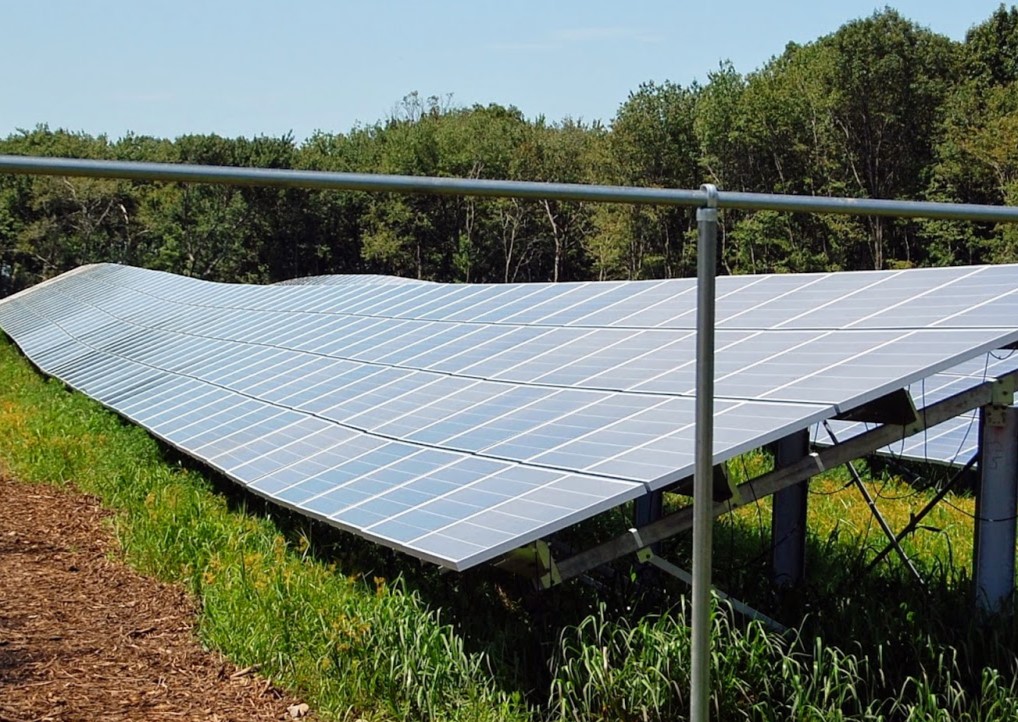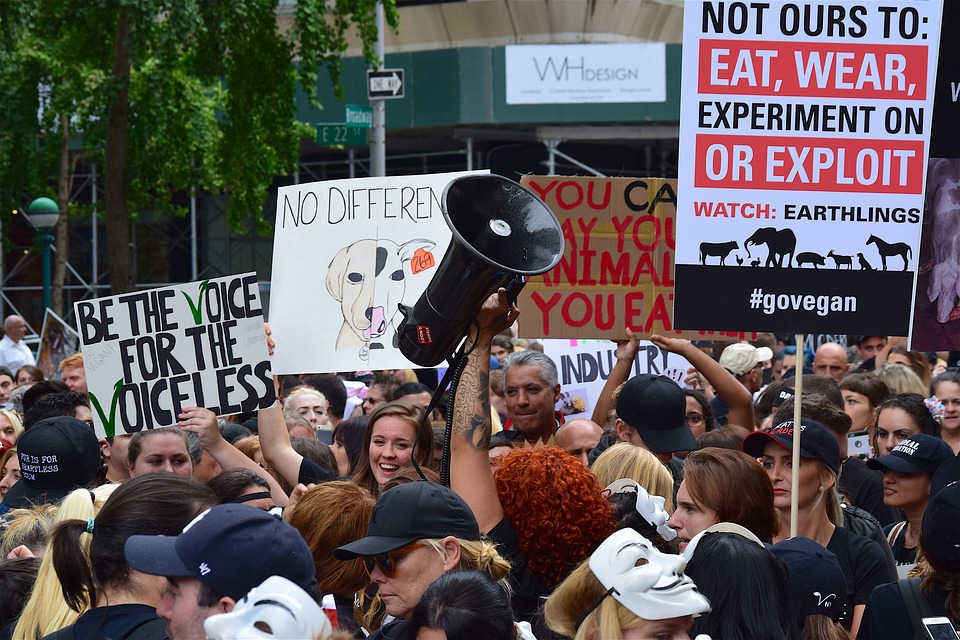Solar Subsidies Amount to $56,000 per Acre

Energy Bad Boys
According to the Solar Energy Industries Association, total U.S. solar capacity is expected to reach 142,187 megawatts (MW) direct current of utility-scale installed capacity by the end of 2024. As a rule of thumb, the average solar facility requires 8 acres per MW, meaning that by the end of the year, more than 1.1 million acres of land will be used to host solar facilities.
As Robert Bryce has tirelessly chronicled, the proliferation of these facilities, fueled by the taxpayer-funded Investment Tax Credit (ITC), a subsidy allowing solar developers to claim at least 30 percent of a project’s costs as a tax credit, has led to concerns from local residents about the loss of property values, visual blight, and the loss of productive farmland.
Concerns about the loss of farmland are not without merit. According to an April 2024 report in Reuters, “The solar industry is pushing into the U.S. Midwest, drawn by cheaper land rents, access to electric transmission, and a wealth of federal and state incentives. The region also has what solar needs: wide-open fields.”
Here, the “wealth” federal subsidies is the driving factor. Based on our calculations, solar developers electing the ITC will receive $56,000 per acre for their solar facilities, or $2,253 per acre for each year of the solar facility’s useful life.
The Math
Using capital cost estimates for solar from the U.S. Energy Information Administration’s Capital Cost and Performance Characteristics for Utility-Scale Electric Power Generating Technologies, we see that EIA estimates the cost of utility-scale solar is $1.5 million per MW of installed capacity.
Under the IRA, solar developers can get at least 30 percent of these capital costs back in the form of the Investment Tax Credit. This means that the subsidies for each MW of installed capacity amount to $450,600. Using our rule of thumb of eight acres per MW of installed capacity means the subsidies paid to solar developers amount to $56,325 per acre, or $2,253 per acre over the projected useful 25-year lifetime of the solar panels.
These subsidies have resulted in massive contracts for farmers and landowners to host solar facilities on their land. The April 2024 report in Reuters states that solar leases in Indiana and surrounding states can offer $900 to $1,500 an acre per year in land rents, with annual rate increases, according to a Reuters review of solar leases and interviews with four solar project developers.
This is far higher than the rents paid for agricultural land. The American Farm Bureau compiled data from the U.S. Department of Agriculture (USDA) National Agricultural Statistics Service and produced the map below showing the average cropland cash rent value by state. As you can see, Indiana’s average cash rent value of $231 per acre is four to 6.5 times lower than the leases paid by solar developers.




